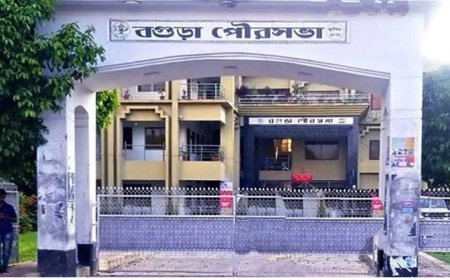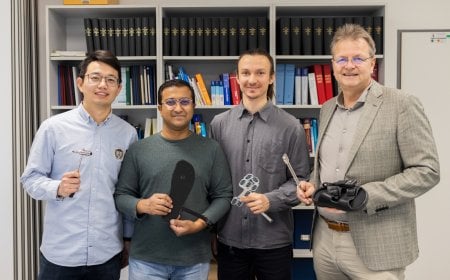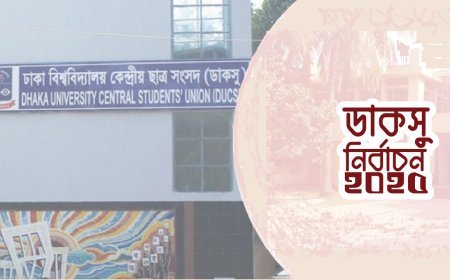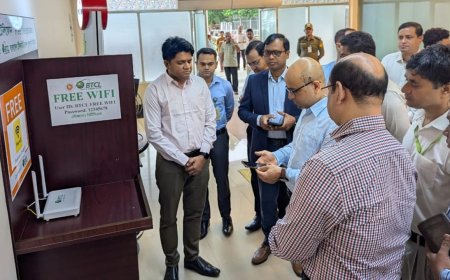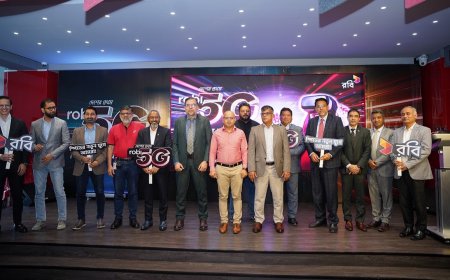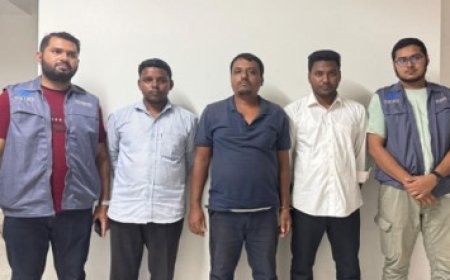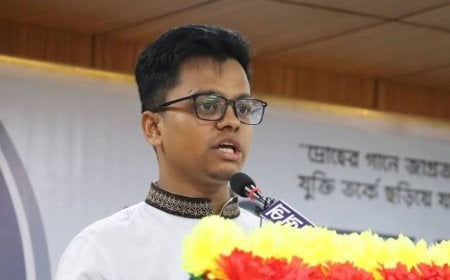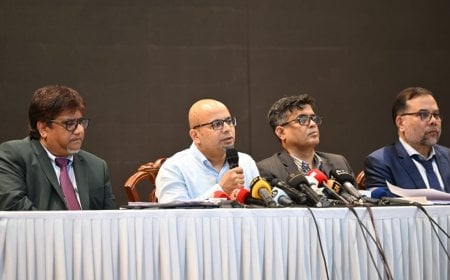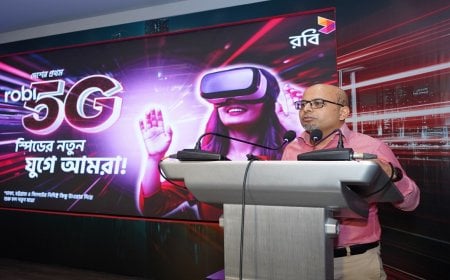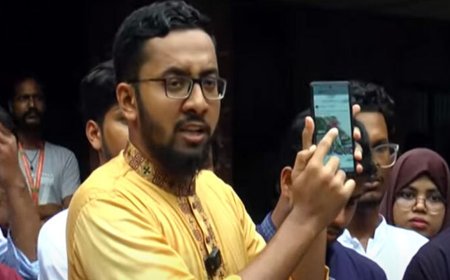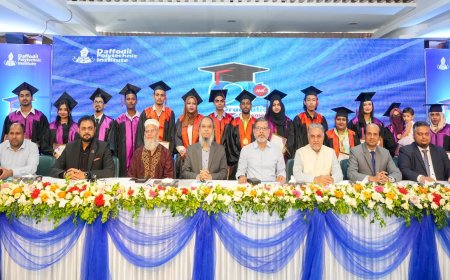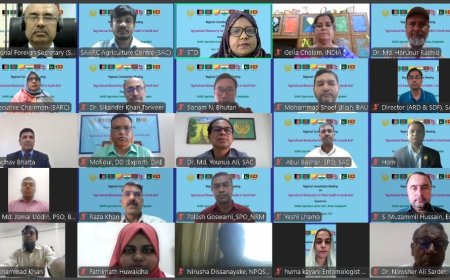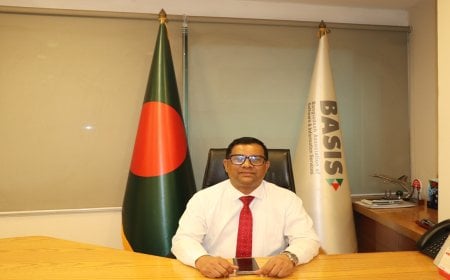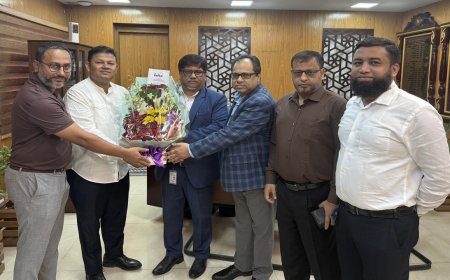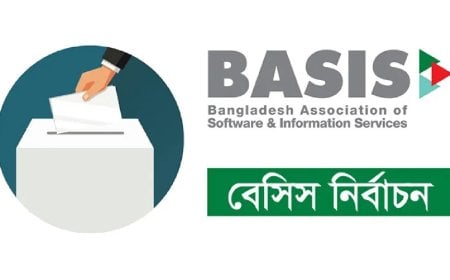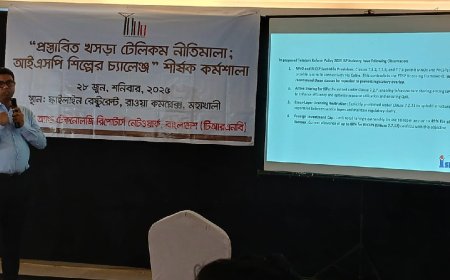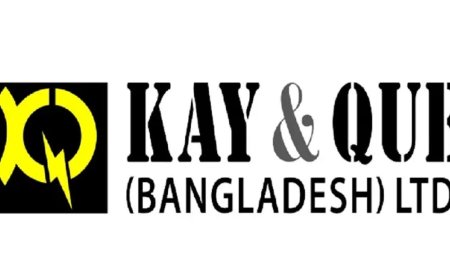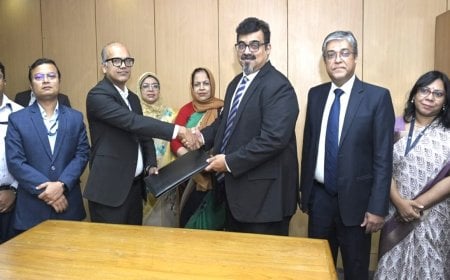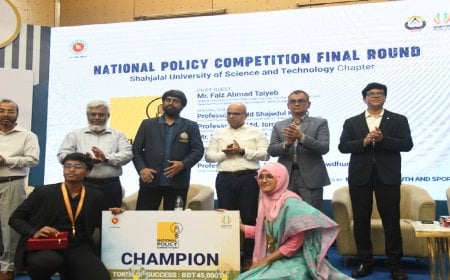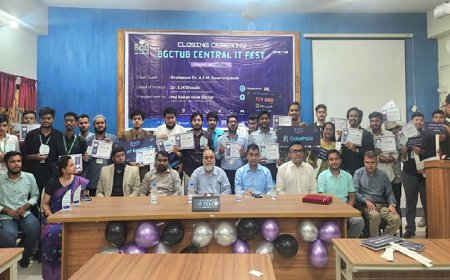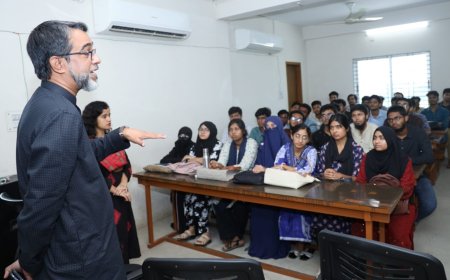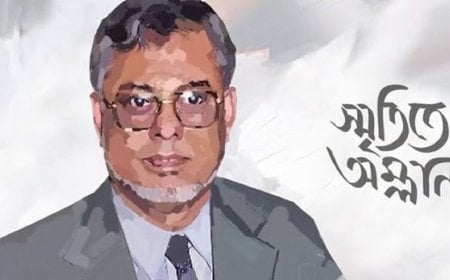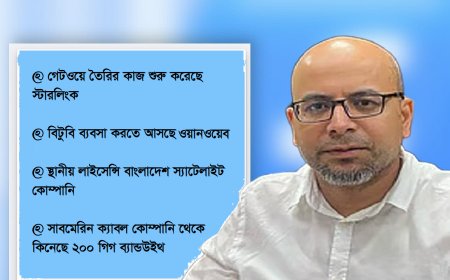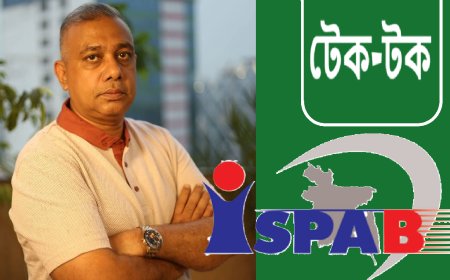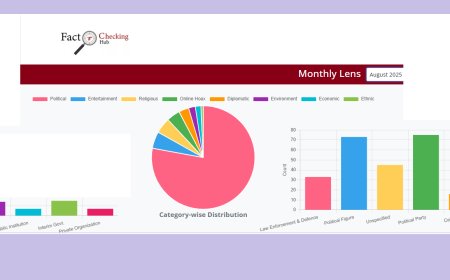Bangladesh Sets Billion-Dollar Vision for Semiconductor Sector
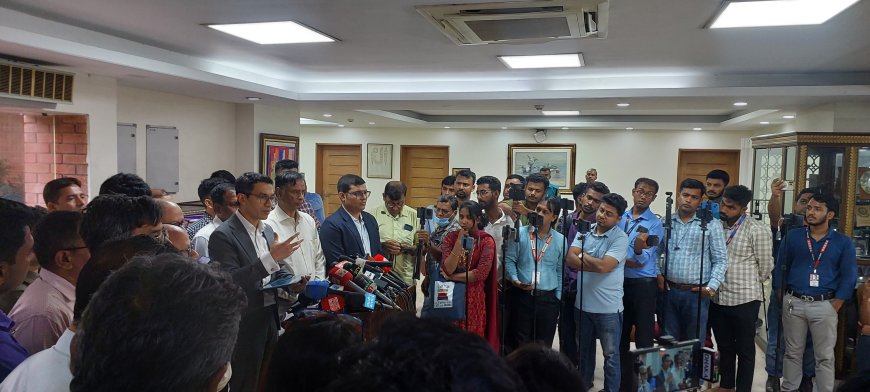
Bangladesh currently earns around $6 million annually from semiconductor exports, but authorities believe the figure could rise to $1 billion within the next five years. To achieve this ambitious target, the government is being urged to offer a 10-year tax exemption, waive duties on specific equipment, and create dedicated funding facilities to attract investment in the sector.
These recommendations were shared by the National Taskforce Committee on the Development of Bangladesh’s Semiconductor Industry at a press conference held on Thursday afternoon, July 2, at the Foreign Service Academy in Dhaka.
Present at the briefing were Taskforce member and Executive Chairman of the Bangladesh Investment Development Authority (BIDA) Chowdhury Ashiq Mahmud bin Harun (Ashiq Chowdhury), Professor ABM Harun-ur-Rashid from the Department of Electrical and Electronic Engineering (EEE) at BUET, Pro-Vice Chancellor of BRAC University Syed Mahfuzul Aziz, and CEO of semiconductor company Ulkasemi, Mohammad Enayetur Rahman.
The 13-member taskforce was formed on January 1 by the interim government with a mandate to assess the challenges, prospects, and necessary steps to develop the semiconductor sector. The taskforce was initially instructed to submit a report within a month to the Office of the Chief Adviser.
Following the internal meeting, Ashiq Chowdhury addressed the press, stating, “Bangladesh is increasing its focus on capturing a share of the global semiconductor market. Over the next five years, the sector could attract investments ranging from several hundred million to billions of dollars.”
He acknowledged that Bangladesh is currently lagging in this area, but outlined that both short- and long-term planning recommendations have been made to accelerate development. “The taskforce will work with universities to produce skilled software engineers, and also collaborate with Bangladeshis abroad and partners in Silicon Valley,” he added.
Highlighting the government’s commitment to building a skilled workforce, the BIDA Chairman said the country aims to produce several thousand skilled engineers annually. “The government is prepared to provide whatever support is needed for the growth of this sector. Gaps are being identified, and short-, medium-, and long-term strategies are being drafted accordingly.”
He further noted that the taskforce’s specific action plan has already been submitted to the Chief Adviser.
Speaking on investment strategies, Ashiq Chowdhury emphasized that to harness the full potential of the semiconductor industry, “concrete and targeted steps must be initiated by FY 2025–26.” For instance, tax exemptions of up to 10 years could be provided under specific conditions to research-based institutions involved in chip assembling and packaging facilities.





